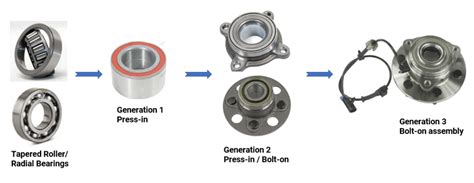in a factory building there are wheels and gearings ,The guide to understanding driven whee,in a factory building there are wheels and gearings, A #poem IN A FACTORY In a factory building, there are wheels and gearings, There are cranks, pulleys, belts either tight or slack Some are whirling swiftly, some are . $39.80

Gears and wheels are integral components of mechanical systems in factories and machinery around the world. Their applications range from powering simple devices to forming the backbone of complex systems that drive modern industrial processes. In this article, we will dive into the fascinating world of gears and gearings, explore the various types of gears, their mechanisms, and how they function within the context of a factory environment. The goal is to provide a solid foundation for understanding gears and help you design your own gear systems with confidence.
1. Introduction to Gears and Gearings
Gears are mechanical components that transfer motion and torque between machine components. They consist of toothed wheels that mesh with other gears or components to change the direction of motion, speed, or torque. Gearing systems have been used for centuries to increase efficiency, reduce human effort, and power complex systems that perform a variety of tasks in manufacturing, transportation, and machinery.
In a factory building, gears and wheels form the critical link between various pieces of machinery. From conveyor belts to industrial drills, gears play a crucial role in transmitting mechanical power. Gear systems come in various shapes, sizes, and configurations, each designed for specific purposes. Understanding these systems is essential to mastering modern manufacturing processes.
2. The Basics of Gear Mechanisms
Before diving into the complexities of gear systems, it is important to understand some fundamental concepts related to gears. Gears work by interlocking teeth that rotate against each other to transmit rotational motion. Each gear system has a driver gear (also called the input gear) that is powered by an external force (such as a motor) and a driven gear (output gear) that transmits motion to another component.
# Key Gear Terminology:
- Teeth: The individual projections on a gear that mesh with the teeth of another gear to transfer motion.
- Pitch Circle: The circle that defines the point of contact between the teeth of two meshing gears.
- Gear Ratio: The ratio between the number of teeth on two meshing gears. This ratio determines the speed and torque transfer between the gears.
- Torque: The rotational force that is transferred by a gear system.
- Rotational Speed: The rate at which a gear rotates, often measured in revolutions per minute (RPM).
# Gear Types:
1. Spur Gears:
Spur gears are the simplest type of gear and are commonly used in factory machinery. They feature straight teeth that are parallel to the axis of rotation. Spur gears are ideal for situations where high torque and moderate speeds are required. However, they can be noisy and inefficient at higher speeds.
2. Helical Gears:
Helical gears have teeth that are cut at an angle to the axis of rotation. This design allows for smoother and quieter operation compared to spur gears. Helical gears can handle higher loads and operate at faster speeds, making them a popular choice in factory settings where precision and durability are critical.
3. Bevel Gears:
Bevel gears are used to change the direction of rotation between intersecting shafts. They are commonly found in machinery where two shafts must operate at right angles to each other. Bevel gears are often used in differential gears in vehicles, but they also have widespread use in factory applications.
4. Worm Gears:
Worm gears are unique in that they consist of a screw-like gear (the worm) that meshes with a gear that looks like a traditional spur gear (the worm wheel). Worm gears are typically used in situations where a large reduction in speed is required, as they can provide a high torque reduction in a compact space. However, they are generally less efficient than other types of gears due to the sliding motion between the teeth.
5. Planetary Gears:
Planetary gears consist of a central gear (the sun gear), multiple surrounding gears (planet gears), and a larger outer gear (the ring gear). Planetary gear systems offer high torque output in a small form factor and are often used in applications requiring high power density, such as in automatic transmissions or high-performance machinery.
# How Gear Mechanisms Work:
At the core of any gear system is the meshing of teeth from two or more gears. When the driver gear turns, its teeth push against the teeth of the driven gear, causing it to rotate as well. The number of teeth on each gear determines the gear ratio, which influences the speed and torque of the system. A higher gear ratio typically results in slower speed but greater torque, while a lower gear ratio leads to higher speed but lower torque.

in a factory building there are wheels and gearings $5,000.00
in a factory building there are wheels and gearings - The guide to understanding driven whee